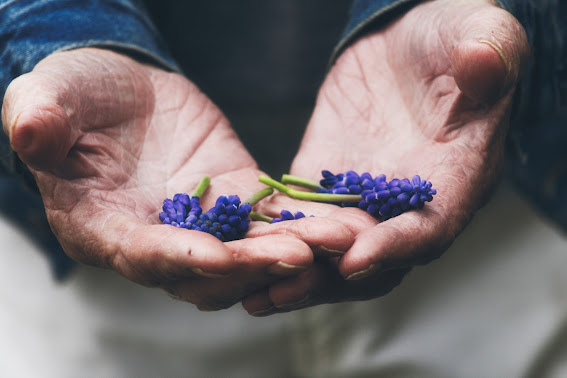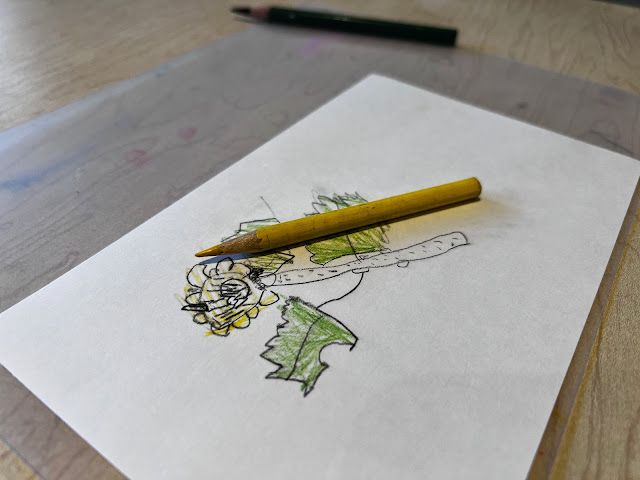Following the Child, Stirring Connection
At Children’s Garden, we believe the best curriculum walks in the door with your child. This year, as we listen closely and follow their lead, the children have taken us somewhere familiar and wonderfully rich: the kitchen.
Based on interests that emerged in the classrooms, the studio has transformed into a kitchen... a store... a restaurant... a haven of cooking. Whether the children are whisking up imaginary muffins or making real pizzas, our children are drawn—again and again—to the rituals of preparing and sharing food. It’s no surprise. In both Montessori and Reggio Emilia traditions, food is more than nourishment; it’s a tool for independence, a canvas for creativity, and a place where relationships deepen.
We’ve noticed that when children gather around a table to mix, chop, stir, and serve—real or pretend—their play becomes more collaborative, their conversations more generous, and their confidence more visible. Cooking has become the unexpected thread weaving together our year long exploration of play, connection, and community.
Why Cooking Holds So Much Power
Following the Child’s Interests
It all began with questions: Can I crack the eggs? How do you make soup? What’s in that muffin? From there, the interest grew. Some children began bringing recipes from home, while others invent their own. We respond by creating more invitations to cook, both in real and symbolic ways.
The Kitchen as a Place for Collaboration
In both the Montessori practical life work and Reggio’s project-based exploration, the kitchen is a natural meeting point. Here children learn to navigate roles, negotiate turns, and contribute to a shared goal—one bowl of batter at a time.
A Sensory-Rich World, Tuned for Each Child
From the smell of fresh herbs to the heft of a spoon, cooking invites children into full-body learning. For some, it’s a dive into textures and tastes. For others, it’s a quiet place to observe or gently engage.
Play as Preparation for Life
Cooking, like all deep play, is full of natural learning: math through measuring, science through mixing, literacy through recipes, emotional growth through taking turns and sharing. These moments help build independence, focus, and confidence—all while feeling joyful and purposeful.
A Living Expression of Our Philosophy
At Children’s Garden, our environments are designed to reflect the values of respect, beauty, and wonder. The kitchen—just like the sensorial area or practical life—is an evolving space where the materials, the children, and the adults are in dialogue.
You’re Invited: Cook With Us in the Studio
As we follow the path the children have laid before us, we’d love to invite you to be part of it. In the coming weeks, families will be welcomed into our Studio Kitchen to cook alongside the children—simple, meaningful experiences like chopping apples, or preparing a favorite dish from home.
If you are interest, please email me and join us at the table. There’s room for everyone, and we can’t wait to share the fun (and mess) together.
Stay Curious and Full of Wonder,
Angelina
































